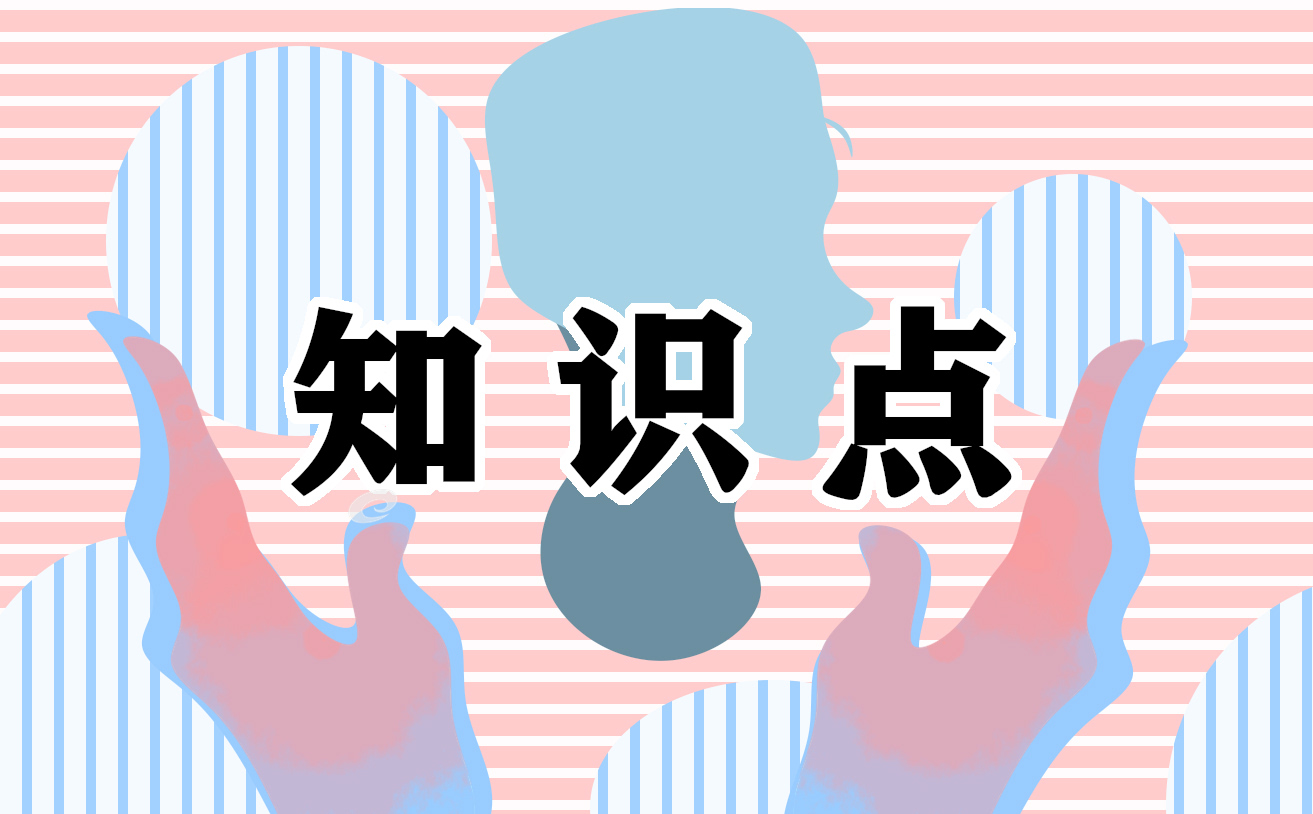托福阅读做题需要牢记这4点, 了解出题思路特征很重要,今天小编给大家带来了托福阅读做题需要牢记这4点,希望能够帮助到大家,下面小编就和大家分享,来欣赏一下吧。
托福阅读做题需要牢记这4点 了解出题思路特征很重要
托福阅读做题牢记这4点
大家在解答托福阅读题时,为了提升答题效率正确率,需要牢记以下这些出题思路特征:
1. 题目顺序跟随文章布局
每篇文章的题目基本上根据文章布局一步一步向前推进,即使有个别题打乱文章布局,在题干里总是有提供信息的关键词将考生带入文章的具体部位。
2. 结合关键词返回定位
做题时,根据题干或选项的关键词回归文章寻找重现关键词或其释义的语言区域,同时排除相应的选项。
3. 分析句子结构而非单词含义
到难句子时,最直接有效的方式就是对其进行句子结构分析,迅速把握整个句子的意思,不要盯着单个的词不放,不然就会因小失大。
4. 了解选项构成和陷阱特征
每个问题的四个选项或者是对文章中相关部分的正确释度、或者是歪曲原文、或者与原文毫不相干。换句话说,命题专家在设置试题时会玩一些文字游戏,用各种表达形式让考生晕头转向、雾里看花。考生应该明白自己的职责是辨别真伪,找到合符文章意思和题意的选项。
托福考试阅读材料专题训练
【Introduction】
Doctors have long known that vitamin D is essential to good health. Get enough of it and it ensures strong bones and teeth. But a new study this week suggests an even more extraordinary benefit: a lower risk of death.
【Section One】Article
Vitamin D Lowers Risk of Death
The new paper, published in the Sept. 10 issue of the Archives of Internal Medicine, is a meta-analysis of 18 previously published studies on the vitamin. None of the original experiments was specifically designed to study how vitamin D affects mortality — the trials involved conditions such as bone fractures, bone mineral density, congestive heart failure and colorectal cancer — but all of them tracked participants‘ death data. Overall, researchers found, people who took daily vitamin D supplements were 7% less likely to die during the study — from any cause — than people who didn‘t.
The study‘s authors still don‘t know exactly how the vitamin may reduce people‘s death risk, but their findings are in line with a spate of recent research linking the vitamin to a wide range of health benefits. Not only does it promote calcium absorption and bone maintenance, but vitamin D also appears to stimulate the immune system, inhibit cellular proliferation and spur cell differentiation — in turn, those processes could reduce the aggressiveness of cancer tumors or keep artery-clogging plaques from growing. Indeed, studies have suggested that low levels of vitamin D may be associated with a higher risk of death from certain cancers, heart disease and diabetes.
The current analysis looked at data on 57,311 participants, most of whom were middle-aged or elderly and in generally good health. Those in intervention groups took daily doses of vitamin D — ranging mostly from 400 IU to 833 IU per day, with a study size–adjusted mean intake of 528 IU a day. Compared with people who weren‘t given supplements, the test groups had up to a five times greater blood level of vitamin D and a significantly reduced risk of death. Though there‘s no medically recommended optimum level of the vitamin, "throughout human evolution when the vitamin D system was developing, the ‘natural‘ level... was probably around 50 ng/mL or higher," writes Dr. Edward Giovannucci, a professor of nutrition and epidemiology at the Harvard School of Public Health, in an accompanying editorial. "In modern societies, few people attain such high levels, and levels below 10 ng/mL or 15 ng/mL are not uncommon."
If people can‘t get enough natural vitamin D from food or sun exposure, which synthesizes it in the skin, then daily supplements may be a good alternative — and the current study shows that an intake of up to 800 IU a day is safe. In the 18 studies that researchers analyzed for the current report, none of the participants taking supplements — even at a 2,000 IU daily dose — surpassed the 50 ng/mL mark. According to Giovannucci, people should reasonably shoot for levels of 30 ng/mL to 40 ng/mL, and doctors should consider testing patients who are at risk for deficiencies in vitamin D.
【Section Two】Vocabulary
1. mortalityn. 死亡率
2. fracturen. 破裂, 骨折;v. (使)破碎, (使)破裂
3. congestiveadj. 充血的
4. diabetesn. [医] 糖尿病, 多尿症
5. evolutionn. 进展, 发展, 演变, 进化
6. bone fractures 骨折
7. bone mineral density 骨密度
8. immune system 免疫系统
9. cell differentiation 细胞分化
【Section Three】Homework
1. Please translate the blue sentence into Chinese.
"Not only does it promote calcium absorption and bone maintenance, but vitamin D also appears to stimulate the immune system, inhibit cellular proliferation and spur cell differentiation."
2. What is the main idear of this Article?
3. A intake of how many vitamin D a day is safe from the current study?
4. The article mentioned "Researchers found, people who took daily vitamin D supplements were 7% more likely to die during the study — from any cause — than people who didn‘t." Right?
参考答案:
1. 维生素D不仅能促进钙的吸收、骨骼的保养,还能激活免疫系统、抑制细胞扩散、刺激细胞分化。
2. No standard answer.
3. The current study shows that an intake of up to 800 IU a day is safe.
4. False!You can find the correct answer in the first paragraph. Not "more", but "less".
Text: "Overall, researchers found, people who took daily vitamin D supplements were 7% less likely to die during the study — from any cause — than people who didn‘t."
托福考试阅读材料专题训练
Are We Ready for Another Tsunami?
Introduction
海啸是一种具有强大破坏力的海浪。当地震发生于海底,因震波的动力而引起海水剧烈的起伏,形成强大的波浪,向前推进,将沿海地带一一淹没的灾害,称之为海啸。
Vocabulary
Tsunami n.海啸
high-rises n.高楼(注意前面用的是tall buildings)
temblor n.地震
holocaust n.大屠杀
universal time n.(=Greenwich Time)世界时间,格林尼治(平均)时
extensive 这里注意原文中“the most extensive tsunami warning system around”我们在写作的时候也可以这样用最大的什么机构组织。
tremor n.震动, 颤动
bulletin n.公告
evacuate v.疏散, 撤出, 排泄
fiasco n. 大惨败
dialects n.方言
比较长,建议只泛读
ArticleWednesday‘s massive earthquake near Indonesia was distressingly similar to the one that killed over 220,000 people in December of 2004. Both happened off the coast of Sumatra and put at least a dozen other countries at risk of tsunami. Yesterday’s magnitude-8.4 quake was smaller than the 9.1 of 2004, but only slightly. Tall buildings swayed in Jakarta, and some high-rises were evacuated in Singapore. And less than 24 hours later, the quake was followed by a second and third temblor in the same area, which brought buildings down in the coastal Indonesian city of Padang and triggered more tsunami warnings around the region.
So far, the damage appears to be much less serious than the 2004 disaster — thankfully. It’s too early to guess at a body count, but most of the destruction will probably come from the quakes themselves, not from a tsunami.
Three years after one of the worst disasters in history, though, the quakes pose worrisome questions: are we any more prepared? Has any progress been made in building better tsunami warning systems? Or can we expect another holocaust any day now?
One thing, at least, has changed dramatically. The first earthquake happened at 11:10 universal time. Although it occurred in the Indian Ocean, it was detected by the Pacific Tsunami Warning Center, headquartered in Hawaii, which has the most extensive tsunami warning system around — largely because the Pacific Ocean is where 70% of the world’s earthquakes normally happen.
The 2004 quake was quickly detected by the Pacific Center, too, so that’s no big deal unto itself. This time, though, the Pacific Tsunami Warning Center (and a Japanese warning system that also noticed the earthquake) knew what to do with the information. Fourteen minutes after the tremor, the Pacific Center sent a bulletin around the world, warning all at-risk nations that there might be a tsunami and estimating when it might strike, to the minute. Those channels of communication simply didn’t exist in 2004. Basic as it may seem, this across-the-water communication represents a huge breakthrough.
But a warning only helps if someone passes it along. And here’s where things get dicey all over again. "Presumably all of the countries should have gotten that bulletin in minutes," says Lori Dengler, a geology professor and tsunami expert at Humboldt State University in California. "Then it becomes an internal decision to decide whether to call a tsunami warning in their country. Because we’re dealing with sovereign nations, that makes it complex."
Each nation on the Indian Ocean has its own procedure — or lack thereof — for what to do next. They decide whether to issue a public warning, whether to call for an evacuation and how to do it in a way that people understand. In some places, like southern Bangladesh, a warning to evacuate was disseminated by police over loudspeakers four hours before the tsunami might have arrived, and many people rushed to high ground.
But in Indonesia, the last test run didn’t go so well. In July 2006, a major earthquake caused a tsunami, headed for Java. The Indonesian government received the alert, but the island of Java still had no real warning system. More than 600 people died.
Indonesia’s ability to communicate with the public has improved since the Java fiasco, says Laura Kong, director of the International Tsunami Information Centre. And to be fair, it’s a difficult problem. Disseminating an effective warning fast is complicated. There is currently much debate in emergency-management circles over the relative merits of sirens, text messages and other high-tech gadgetry. The state of California has not yet figured out the best way to get a tsunami alert to its coastal residents; Indonesia, in comparison, must spread the word to 235 million people who speak hundreds of dialects.
But there are simpler ways to avoid tsunami fatalities. Before most waves strike, the ground shakes or the sea recedes dramatically. In some areas, everyone knows that these signs mean you must head for high ground; in most places, though, people are unaware of the warning signs. In Thailand, which lost 5,400 people in the Indian Ocean tsunami three years ago — half of them tourists — many hotels still do not educate guests about these simple clues. "Putting up a danger sign is bad for business," says Kong. "The businesses, and hotels in particular, are wary." It’s a shocking lapse, but not an uncommon one: Kong has run into the same attitude in Hawaii hotels and has learned to temper her expectations. She hopes that at the least, front-desk staff and other key hotel employees can be trained on recognizing the signs of a tsunami to assist guests in an emergency. "We just have to be practical and reasonable."
Overall, however, Kong believes that we’re much better off than we were a couple of years ago. If the 2004 tsunami happened again today in exactly the same way, the death toll would be lower, she says. That’s good, since we can expect more of them. A major incident like the 2004 quake puts geological stress on the entire region — not the most stable in the world to begin with — which helps explain why we have seen more magnitude-8 or larger quakes there than normal. Especially in Indonesia, nestled right in the middle of a nest of earthquake faults, it can only be a matter of time.
Homework
1. What is the main idear of this Article?
2.Please translate the sentence into Chinese.
It‘s a shocking lapse, but not an uncommon one: Kong has run into the same attitude in Hawaii hotels and has learned to temper her expectations.
3.what is "one thing,at least, has changed dramtically"?
4.what is the simpler way to avoid tsunami fatalities?
参考答案:
1.although we have to face many difficulties , the ability of decreasing lose of tsunami is progressing.
2.这是一个惊人的失误,但是并不是什么罕见的:对于夏威夷的旅店,kong有同样的看法同时也学会降低了自己的期待。
3.Although it occurred in the Indian Ocean, it was detected by the Pacific Tsunami Warning Center.
4.be aware of warning sign:most waves strike, the ground shakes or the sea recedes dramatically.
托福阅读做题需要牢记这4点
了解出题思路特征很重要,今天小编给大家带来了托福阅读做题需要牢记这4点,希望能够帮助到大家,下面小编就和大家分享,来欣赏一下吧。托福阅读做题需要牢记这4点 了解出题思路特征很重要托福阅读做题牢记这4点大家在解。下面小编给大家分享托福阅读做题需要牢记这4点,希望能帮助到大家。 托福阅读做题需要牢记这4点文档下载网址链接:
上一篇:托福阅读考前3个重要注意事项盘点
下一篇:托福阅读词汇题如何用构词法猜词义






